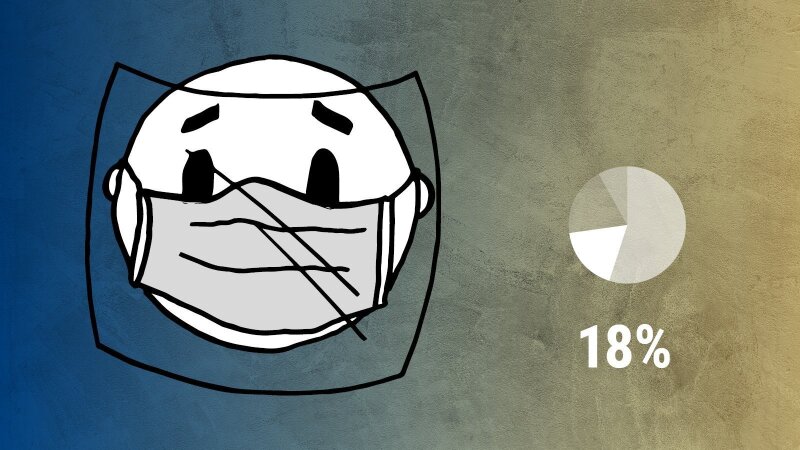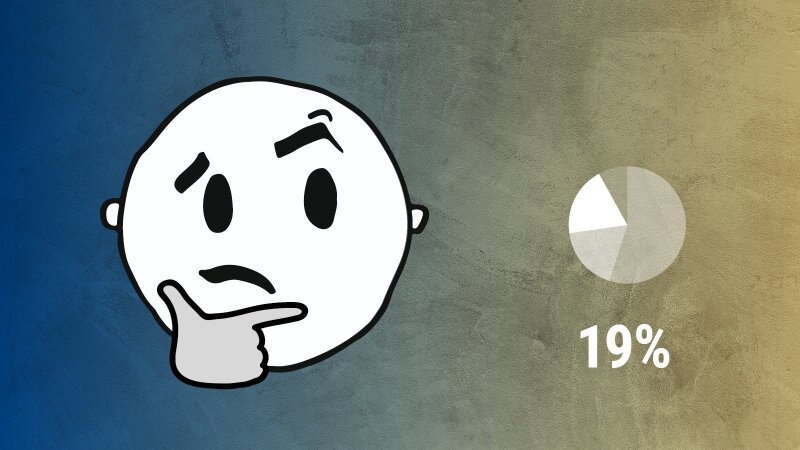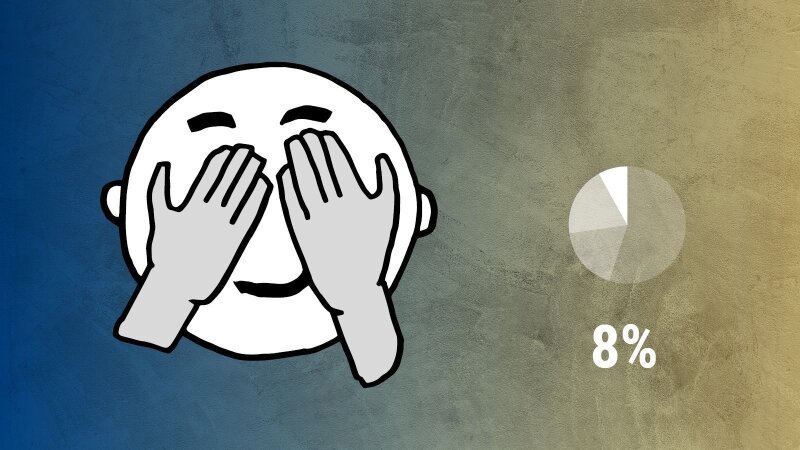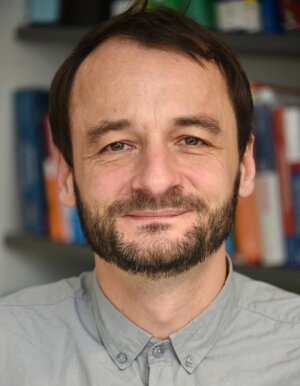
COVID-19 is more dangerous than the seasonal flu; the risk of dying from it has been overestimated; inhaling hot air helps with recovery. A research team from the field of communication science has presented both scientific experts and laypeople with these and other statements about the coronavirus.
To find out how much of the scientific discussion about the coronavirus is reaching the general public, a research team led by Prof. Tobias Rothmund of the Institute of Communication Science at the University of Jena has interviewed a representative sample of 1,500 people and presented them with 15 claims about COVID-19. The statements included both technical medical claims such as “Taking ibuprofen or aspirin can worsen a COVID-19 infection” and risk assessments such as “COVID-19 also kills young people without pre-existing medical conditions”. Using a statistical method, the participants were divided into four groups based on their response pattern. The groups can be distinguished from one another according to the way they assess the pandemic:
The Mainstreamers
The Worried
Die Gruppe der Besorgten.
Graphic: Liana FrankeThe worried generally judge the risk posed by COVID-19 to be even higher than experts from the scientific community do. Compared to the average of the survey participants, this group is slightly older and better educated. The group members are also well-informed about the virus and mainly use traditional media as a source of information.
The Doubters
Die Gruppe der Zweifler
Graphic: Liana FrankeThe judgments of the doubters express a high degree of uncertainty, regardless of whether the claims are scientifically plausible or implausible statements. Those in the group of doubters usually have a lower level of education, obtain much of their information from online media and have a comparatively strong need for simple answers, which may explain why this group is more willing to believe in conspiracy theories.
The Deniers
Die Gruppe der Leugner.
Graphic: Liana FrankeDeniers estimate the medical risk posed by the coronavirus to be significantly lower than experts do. Statistically speaking, deniers are on average more likely to be employed, are middle-aged and consider themselves to be healthier than the average. Ideologically, they tend to align themselves with right-wing conservative and anti-elitist views, which is also expressed in their rejection of political crisis management and public-service media.
The Experts
How did the groups react to the individual claims?
-
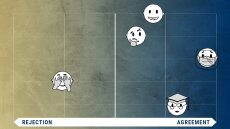
Claim 1: COVID-19 is more dangerous than seasonal flu.
Graphic: Liana Franke -
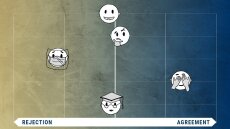
Claim 2: The risk of dying from COVID-19 is overestimated.
Graphic: Liana Franke -
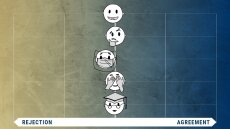
Claim 3: An infection with COVID-19 is only possible once, after which the body is immune.
Graphic: Liana Franke -
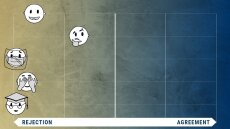
Claim 4: As long as I can hold my breath for 10 seconds, I am not infected with COVID-19.
Graphic: Liana Franke
Main finding from the study:
Prof. Dr. Tobias Rothmund
Image: Anne Günther (University of Jena)Our study shows that a total of 73 percent of the respondents, the Mainstreamers and the Worried, are guided by scientists’ assessments of COVID-19. This result is positive and shows that the communication of scientific assessments of COVID-19 has reached three-quarters of the German population. On the other side, the remaining 27 percent are Doubters and Deniers. Their views differ substantially from those of the group of experts. They mistrust science and tend to believe more or less strongly in conspiracy theories.
Prof. Dr. Tobias Rothmund
Rothmund, T., Farkhari, F., Azevedo, F., & Ziemer, C. (2020, July 13). Scientific Trust, Risk Assessment, and Conspiracy Beliefs about COVID-19 - Four Patterns of Consensus and Disagreement between Scientific Experts and the German Public: https://psyarxiv.com/4nzuy/External link
Text by Till Bayer
Graphics by Liana Franke, Susanne Bukatz

